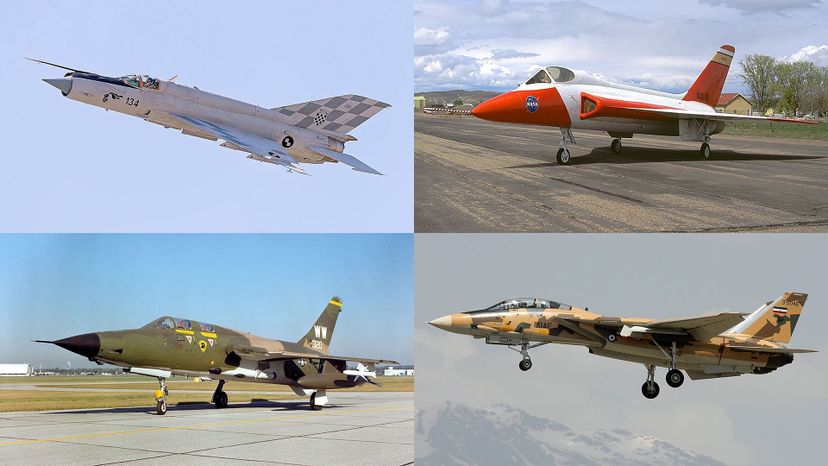
About This Quiz
Fighter aircraft are and have always been the Knights of the skies, and the stakes have rarely been higher for these airborne warriors than in the half-century-long conflict we know of as the Cold War. Two nations and their attendant power blocs played chess across a global stage, and the stakes were the destiny of humanity itself. But even if much of the conflict was ideological and political, the Cold War turned hot at many points! When it did, the Jet Fighters detailed in this quiz were some of the most valuable pieces on the board.
Each of these peerless vessels is the result of hundreds of millions of dollars of development, immense manpower and technological savvy, all bound together to form some of the greatest and deadliest weapons ever wielded by humankind. No less dangerous are the pilots themselves, the elite among their respective military forces, each of them requiring hundreds of hours of flight time and years of classroom knowledge before they could be worthy of their roles.
Here you will find the best of the best, the jets that crisscrossed the skies and set horizons aflame. How much do you know about these mighty warbirds? Put on your helmet and get ready for our Cold War aircraft quiz!
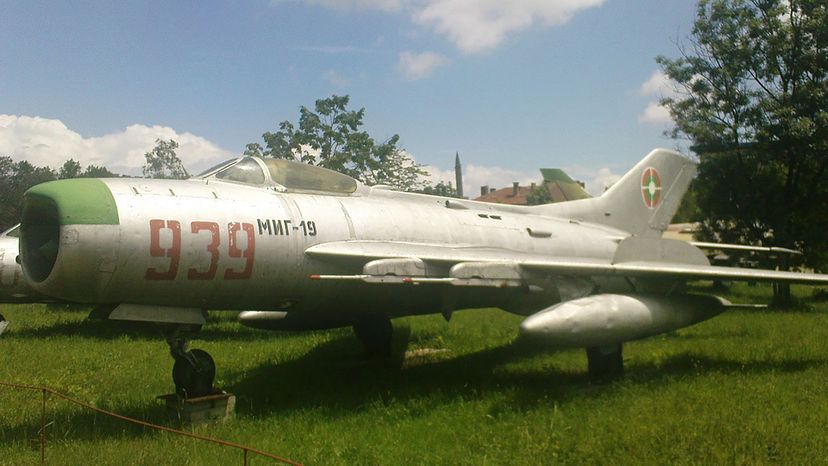
The Mikoyan-Gurevich MiG-19, was a second-generation Soviet fighter, and the first one to break the sound barrier. It would gain fame grappling with American warplanes in the skies over North Vietnam.
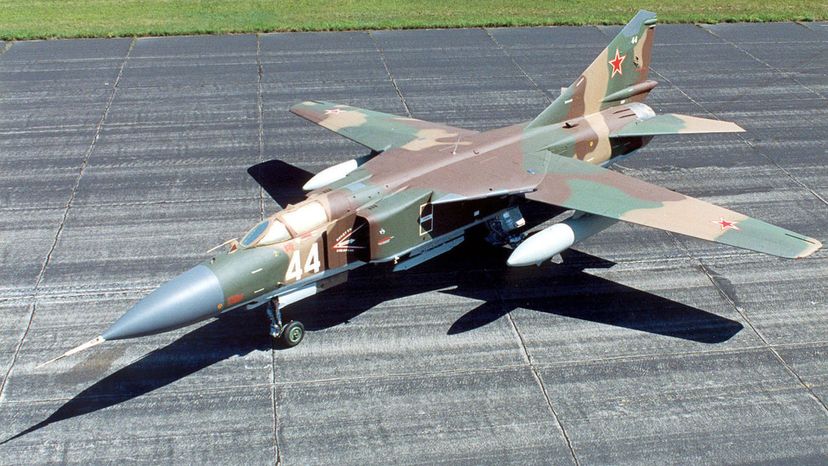
The Mikoyan-Gurevich MiG-23, curiously nicknamed "Flogger" by NATO, is a third-generation combat aircraft. In terms of use by the Soviet Union, it saw combat during the Soviet invasion of Afghanistan, as well as in skirmishing with Pakistani forces during that same conflict.
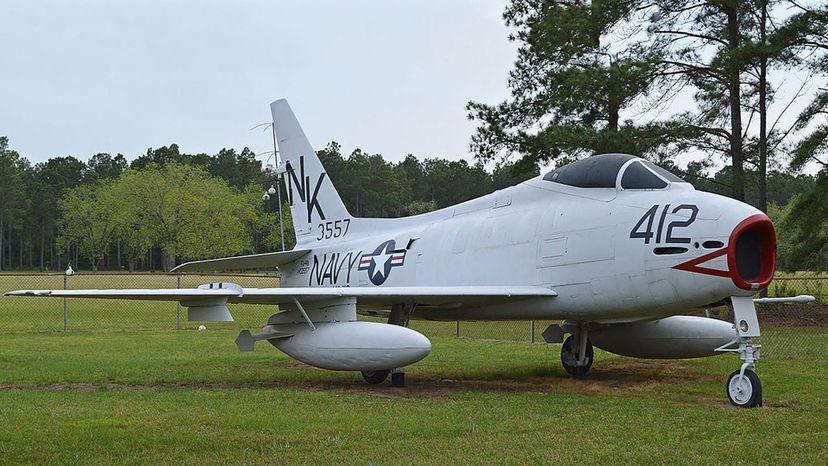
The North American FJ-4 Fury was originally designed to be an all-weather interceptor, but its subsequent long range resulted in its modification to dedicated fighter-bomber, a hybrid status that would become increasingly popular.
Advertisement
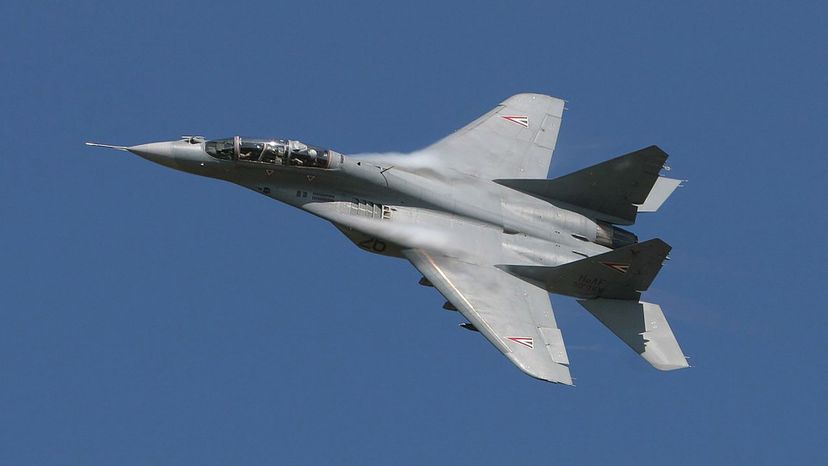
The Mikoyan MiG-29 has blended leading-edge root extensions and a swept wing design. It is a dedicated air superiority fighter with relatively short range, and this limitation makes it more of a defensive weapon.
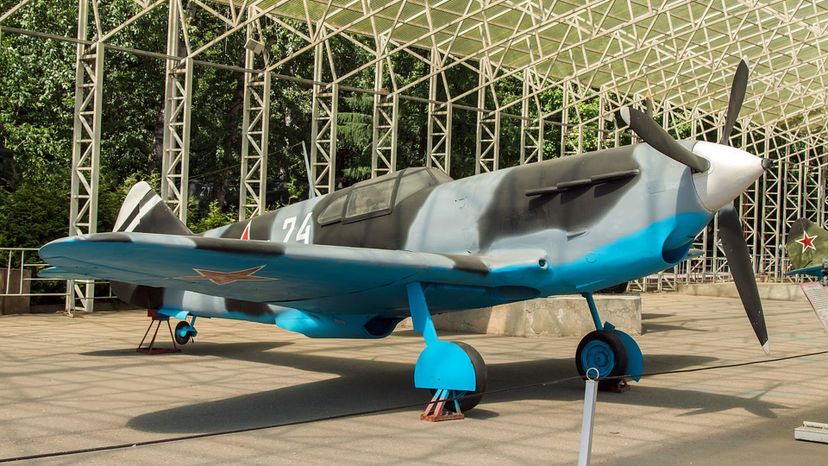
The Lavochkin-Gorbunov-Goudkov LaGG-3 was one of the original jet fighters the USSR used to try to fight off the German Reich. It proved to be underpowered and was replaced by the Yak-3.
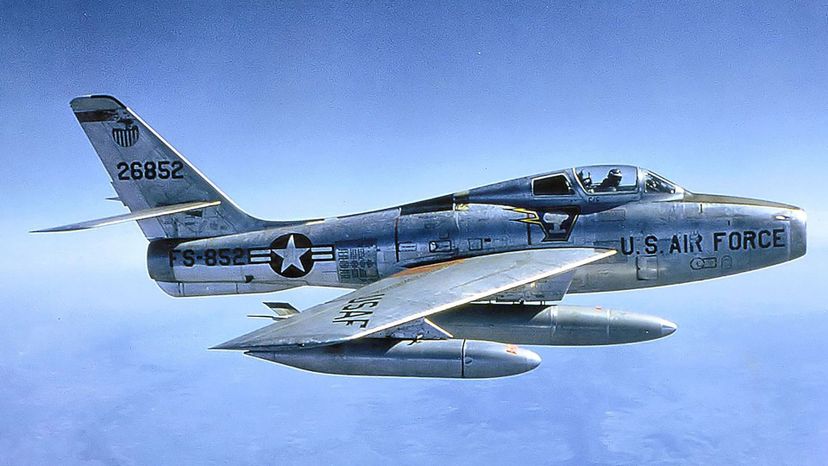
The Republic XF-96/F-84F Thunderstreak had a powerful jet engine but struggled on takeoff. It also suffered from ongoing engine failure, such that they did not last long in production. It had about a 10 year window of active duty, from '54 to '64.
Advertisement
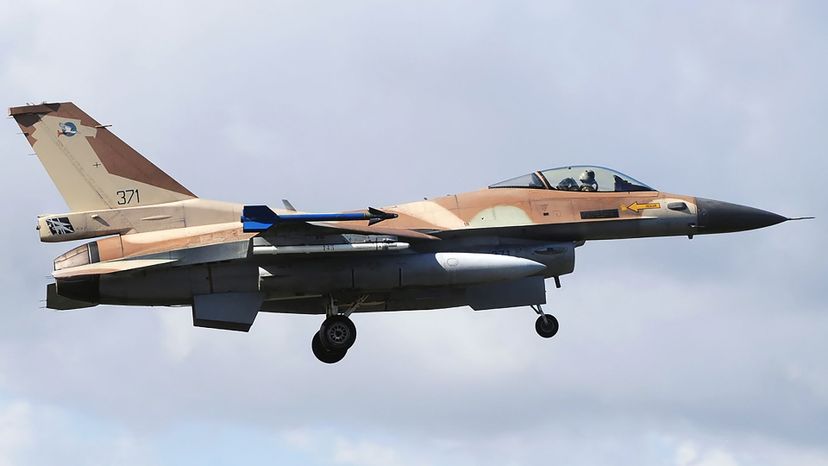
The General Dynamics F-16 Fighting Falcon was introduced in 1978 but is still in service around the world today. It has a distinctive bubble canopy affording the pilot a wide view. Originally designed as an air superiority fighter, the flexibility of its design now allows it in many different roles depending on the needs of the military.
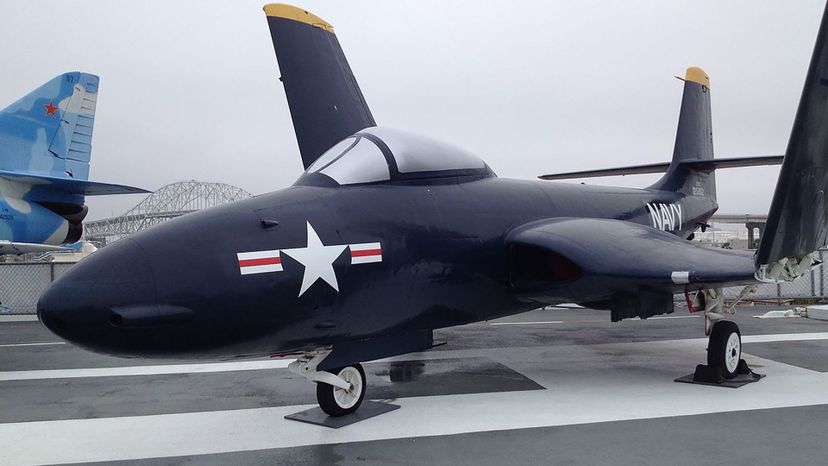
The McDonnell F2H Banshee was a carrier-based aircraft that saw service in the Korean War. Initially successful in obliterating the North Korean air force, the technological superiority of the later Soviet designs they faced meant they were kept away from the main combat areas.
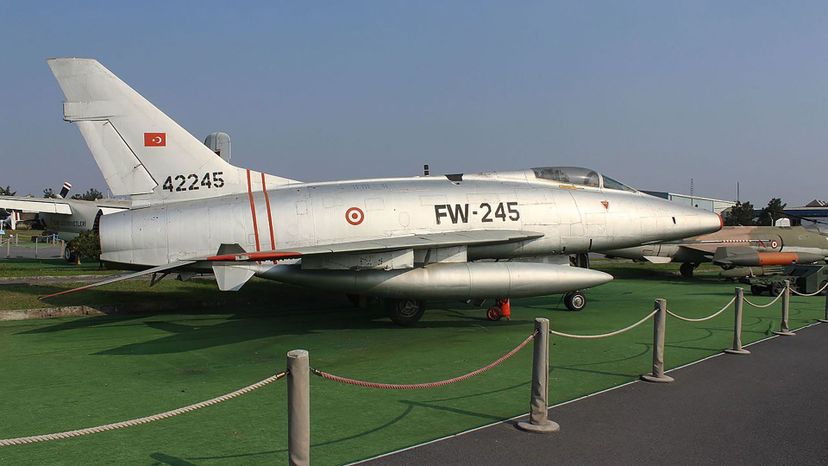
The North American F-100 Super Sabre was the first USAF fighter to make supersonic speed in a level flight. It saw service in Vietnam, where dangerous flying conditions resulted in the fleet taking significant casualties.
Advertisement
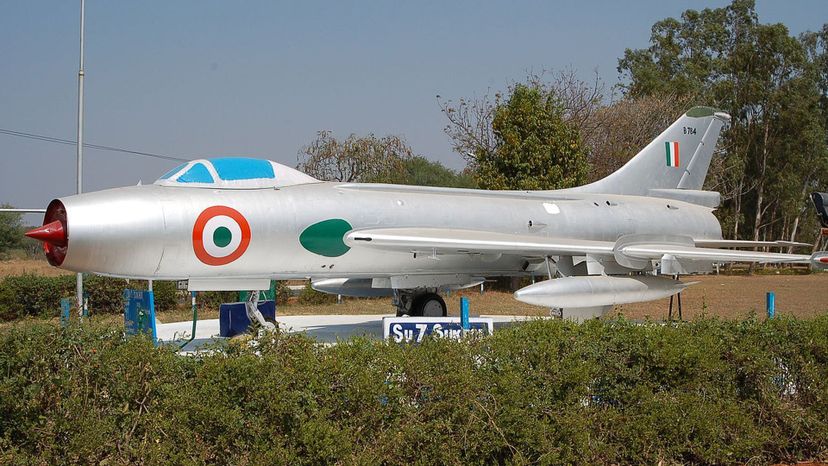
The Sukhoi Su-7 was originally designated as a dogfighter, but that did not work out to the Soviet's liking, so they took advantage of its low altitude nature and made it a ground attack craft instead, where it saw more success.
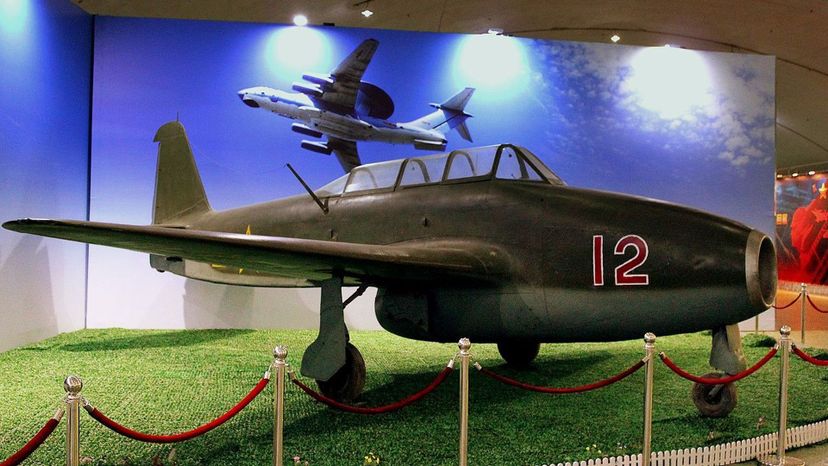
The Yakovlev Yak-17 was an early Soviet jet fighter that did not see a great deal of use. It ended up being eased into a trainer role due to its ease of handling, and proved a good way to get pilots used to the nature of jet aircraft.
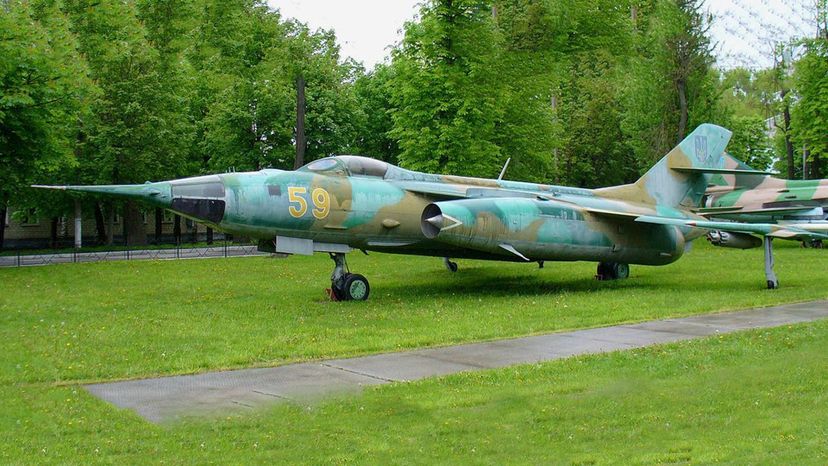
The Yakovlev Yak-28P was a jet aircraft used by the Soviet Union as a tactical bomber. It is notable for having a craft crash land on the western side of the Berlin Wall, resulting in the West gaining knowledge of its technological specifications.
Advertisement
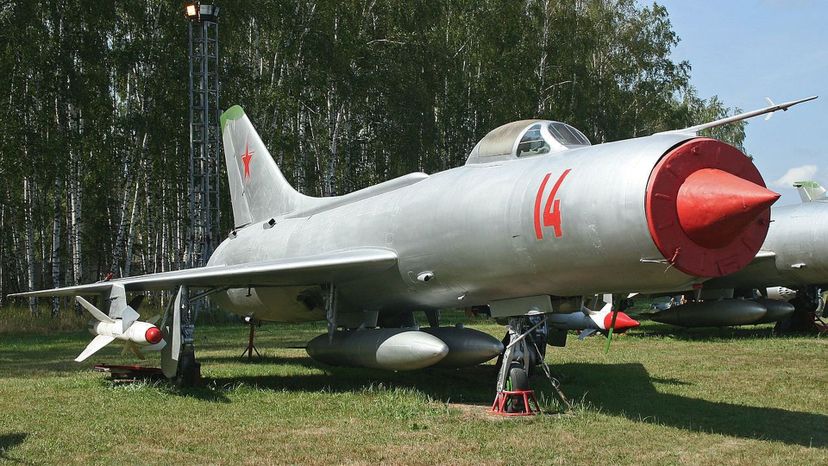
The Sukhoi Su-11 was an attempt at an air to air interceptor, but did not see wide production due to its many limitations. It was reliant on ground radar to vector it to targets, and packed only missiles as armaments, although it was by no means the only aircraft to have that particular issue.
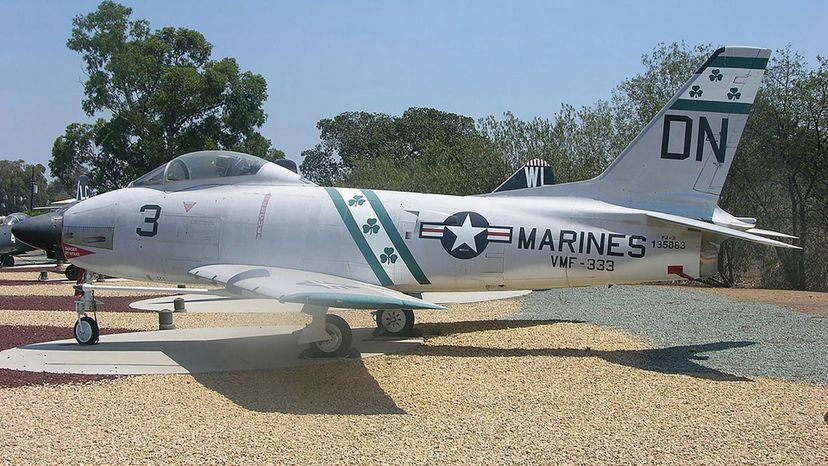
The North American FJ-2/-3 Fury was a U.S. carrier aircraft that was notable for being a test vehicle on the steam catapult. Engine troubles meant the Navy would only use these aircraft for a relatively limited time, however.
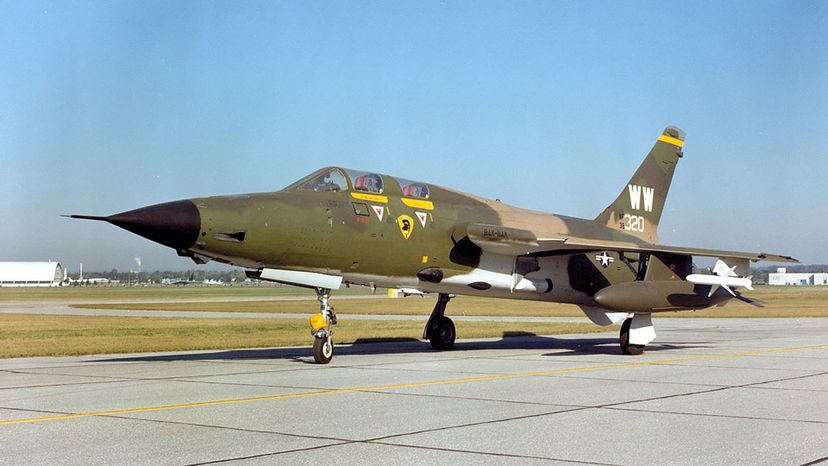
The Republic F-105 Thunderchief was a fighter-bomber used by the U.S. military during the Vietnam war. It bore the unhappy nickname of the "Thud" and was the only vehicle removed from service due to excessive losses.
Advertisement
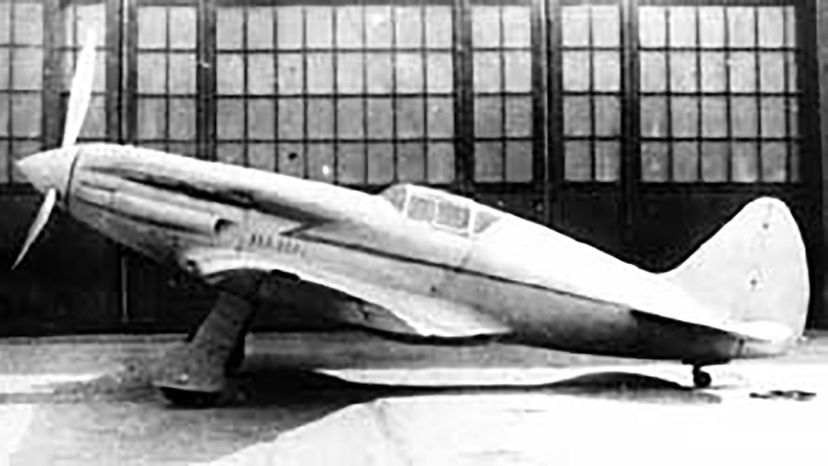
The Mikoyan-Gurevich MiG-1 was a low altitude fighter plane that was largely annihilated from service at the dawn of Operation Barbarossa in World War II. It is largely survived only by its name.
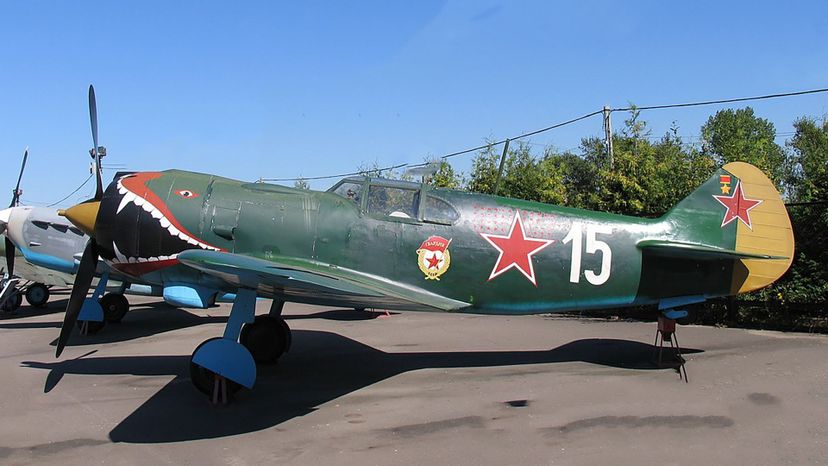
The Lavochkin La-5 was the evolution of a series of Soviet air to air fighters in World War II. After struggling to match the superior German craft, in the La-5 the Soviets finally found a weapon capable of matching the Reich in most ways save at high altitudes, which did not tend to be a major issue.
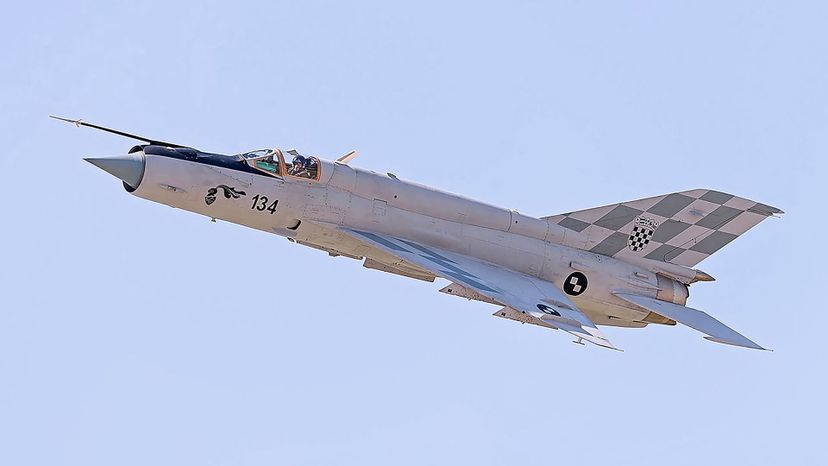
The Mikoyan-Gurevich MiG-21 was one of the world's most mass-produced supersonic jet fighters. It has seen use all over the globe, most notably employed by the North Vietnamese against the U.S. in the Vietnam War, and in the service of India in the Bangladesh Liberation War.
Advertisement
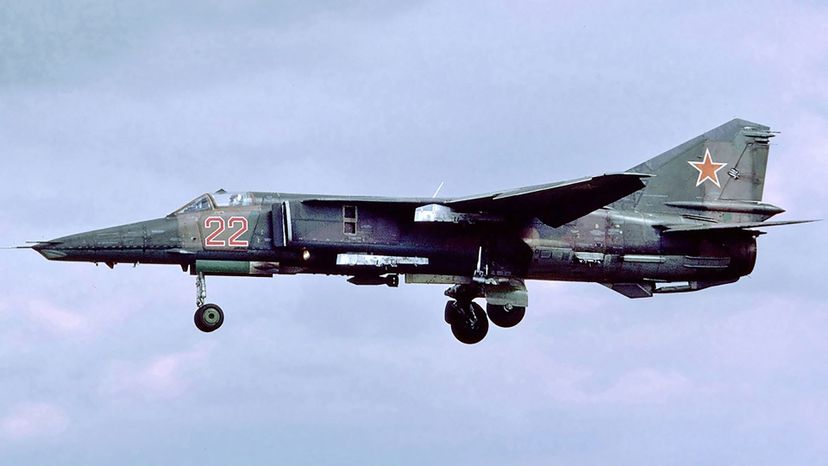
The Mikoyan MiG-27 was a ground attack craft that saw some combat use in Russia's Afghanistan War. It has not seen much widespread adoption outside of Russia, although it has been employed to some degree by India, which produced it under license.
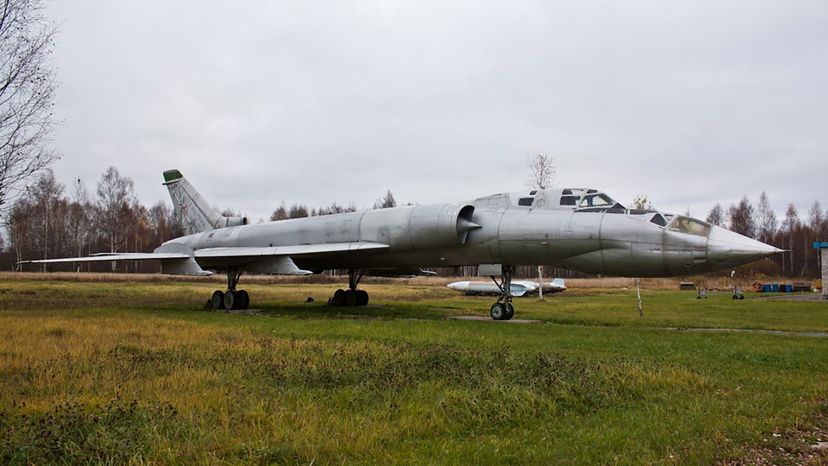
The Tupolev Tu-28/Tu-128 was a Soviet interceptor built in the '60s for long-range use and was both the largest and heaviest such plane ever put into service. It did not see much action and was quickly superseded in its role by subsequent fighters.
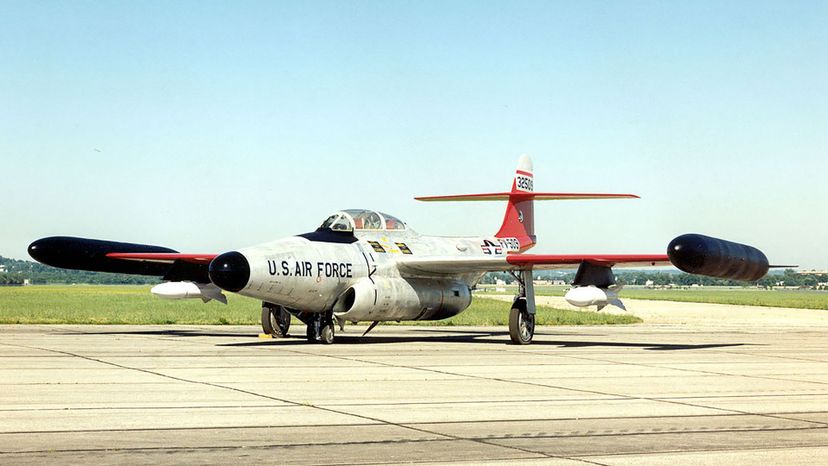
The Northrop F-89 Scorpion was a weapon of firsts- the first U.S. jet to be designed as such from the drawing board, one of the first to have guided missiles, and the first to have (gulp!) air-to-air nuclear missiles.
Advertisement
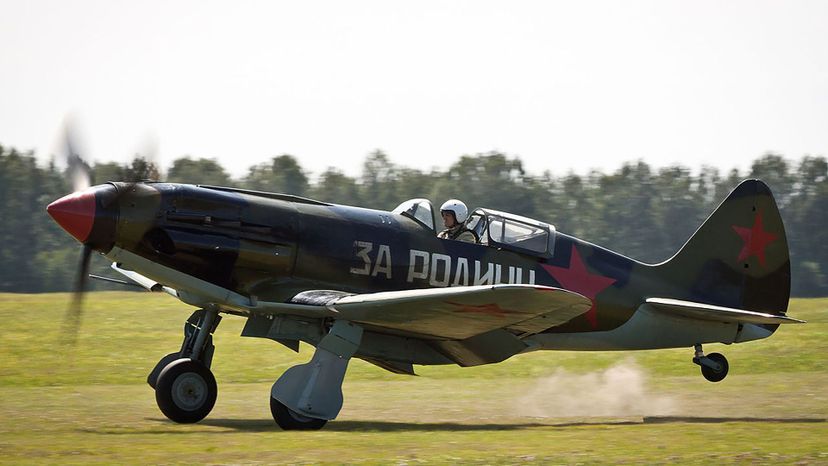
The Mikoyan-Gurevich MiG-3 was meant to be an improvement over the MiG-1 to fight the invading Germans, but in practice, it handled poorly, had unreliable weaponry and badly aligned gunsights. It was not completely outmatched by German opposition, but it was a difficult weapon to wield.
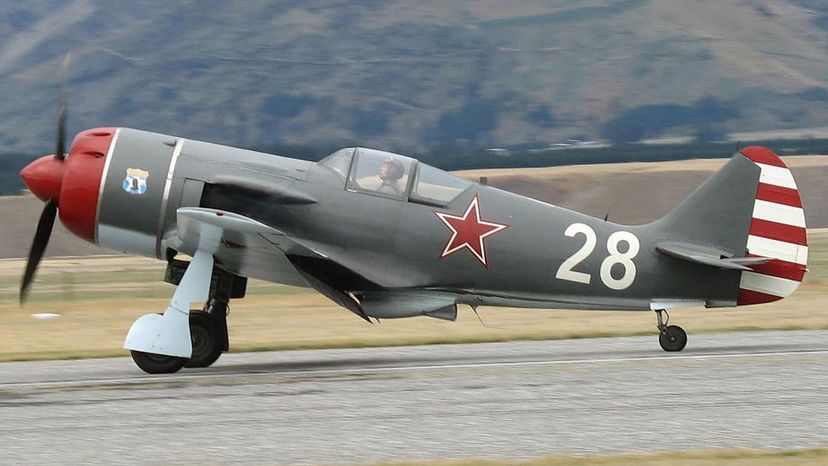
The Lavochkin La-9 was a bit of a fish out of water- a piston-engined fighter crafted just as jets were entering service. It did not see a great deal of operational usage and was unceremoniously removed from service in 1948.
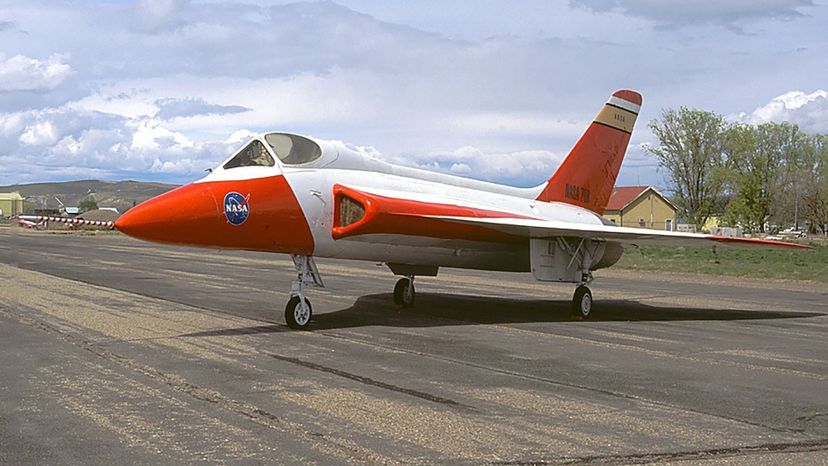
The Douglas F5D Skylancer was originally meant to be an iteration on the Skyray design, but the changes became drastic enough to warrant a new designation. The project was canceled under somewhat mysterious circumstances- some have claimed political chicanery at play.
Advertisement
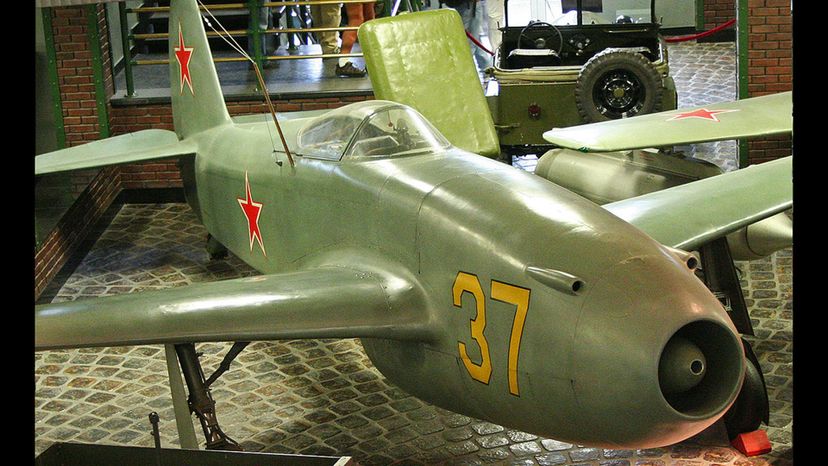
The Yakovlev Yak-15 was one of the original Soviet jet fighters, created right after WWII from a reverse-engineered Junkers engine. It was transformed from a piston plane to a jet engined craft and was primarily used as a trainer vessel.
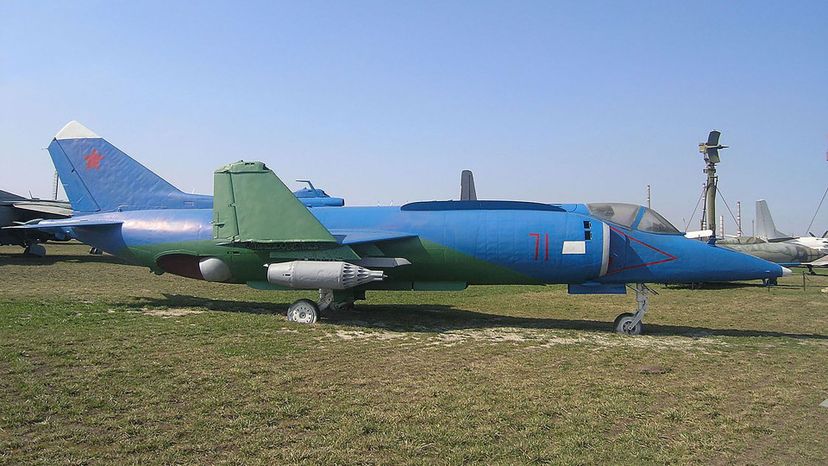
The Yakovlev Yak-38 was a fixed-wing aircraft specifically designed for carrier flights. It is also notable for being the Soviet Navy's only VTOL capable fighter. It was not known to have been used operationally in actual combat.
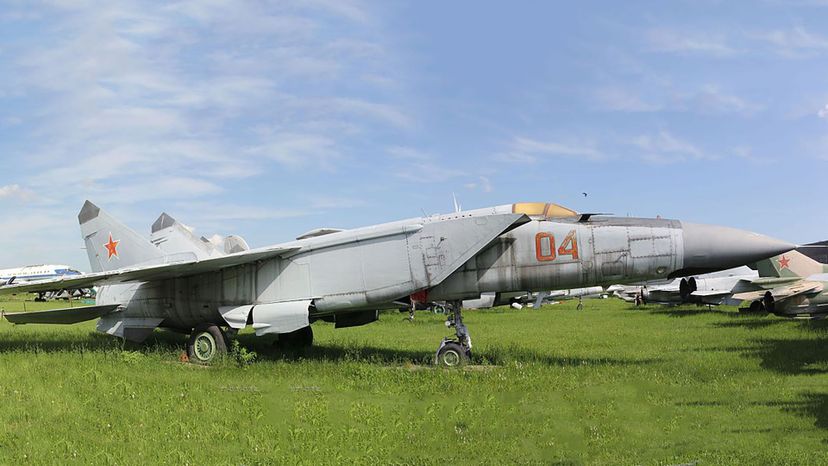
The Mikoyan-Gurevich MiG-25P Foxbat was an incredibly fast jet fighter made of mostly stainless steel and was the final plane designed by Mikhail Gurevich. It was a source of mystery and terror to Western military authorities until Soviet pilot Viktor Belenko defected to the United States, taking his plane with him.
Advertisement
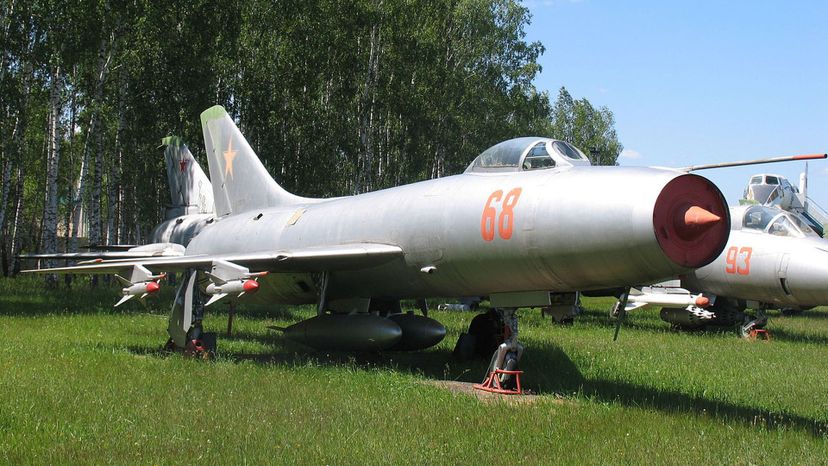
The Sukhoi Su-9 was a missile-armed Soviet interceptor designed in 1956. A Su-9 Sukhoi was notably part of the interception of American pilot Gary Powers' U-2 spy plane, and was actually ordered to *ram* the plane, but failed to do so and ran low on fuel.
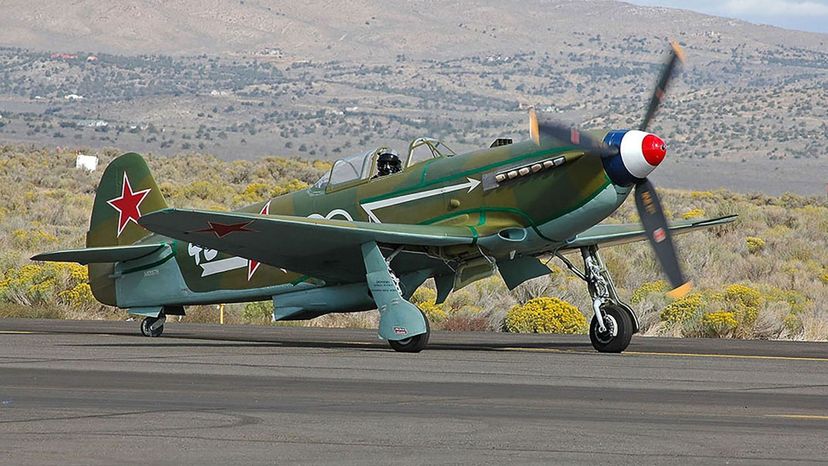
The Yakovlev Yak-9 was an iteration on the Yak-7 and first saw action at the Battle of Stalingrad. Although plagued by a host of reliability issues and engine problems, the Yak proved a capable enough fighter to battle the Luftwaffe. After the war, Yak-7s were used in the North Korean air force against the armies of the UN, where they were largely annihilated.

The Lockheed F-104 Starfighter used an unusual trapezoidal wing design, and had incredibly thin wings. This resulted in an unbelievably fast jet, but also an unacceptably fast landing speed, which was a hazard to pilot and crew. There was controversy around its adoption as well, as Lockheed became embroiled in bribery scandals.
Advertisement
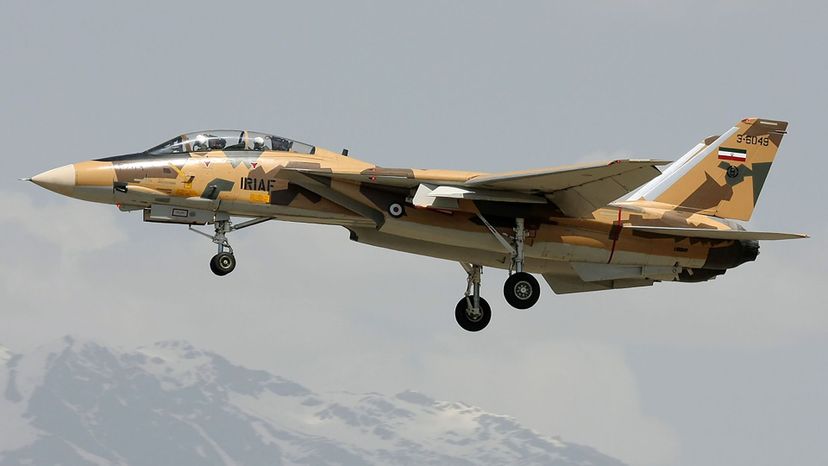
The Grumman F-14 Tomcat was the first interceptor to be designed based on the lessons learned from fighting MiGs over Vietnam. A brilliant multirole carrier fighter, the Tomcat saw great success in multiple combat theatres. It is still in the Iranian Air Force today, having been transferred there prior to the revolution.
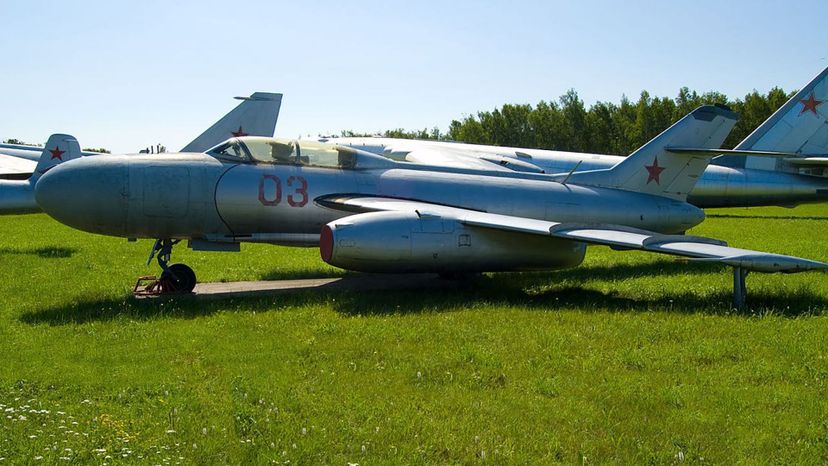
The Yakovlev Yak-25 was a twin-engine turbojet designed as a fighter and for reconnaissance work for the Soviet Union. It was known as "Mandrake" by its NATO opposition and was a two-seater, somewhat unusual for a fighter.

The Mikoyan-Gurevich Ye-152 was to be a single-engine craft, but problems with reliability and production made the designers go on to their next model, which would have its own problems. It still had the characteristic Ye-150 silhouette that would mark the Ye-150 brand, however.
Advertisement
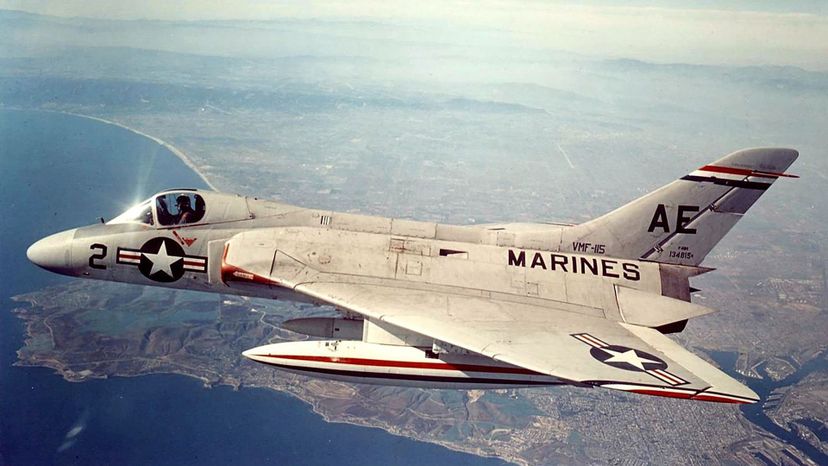
The Douglas F4D Skyray was a carrier-based jet that did what some thought to be unthinkable for a carrier plane: it held the world's absolute speed record! Its design was meant to get up to 50,000 feet and engaging a target five minutes after an alarm!

The Lavochkin La-7 was the fighter that broke German air superiority by ending its advantage in vertical maneuverability. Soviet aces considered it capable of taking on and defeating any Axis fighter. It also saw service in the Czechoslovak Air Force after the war as a Warsaw Pact ally.
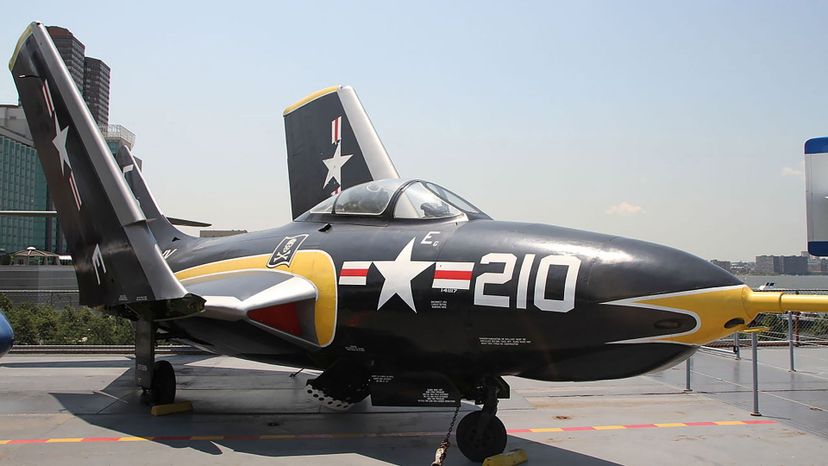
The Grumman F-9 Cougar was essentially an upgunned Panther with a swept wing design- and it was probably the latter that led to the new designation for this series of carrier-based fighter jet.
Advertisement
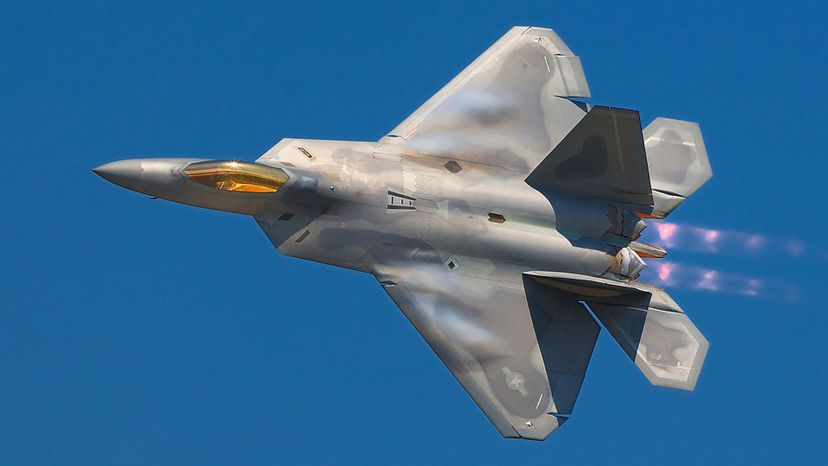
The Lockheed Martin F-22 Raptor is extremely versatile and powerful: a stealth fighter with electronic warfare, ground attack, and SIGINT capabilities. Although relatively few were produced (187), it still remains a mighty part of the U.S. arsenal.
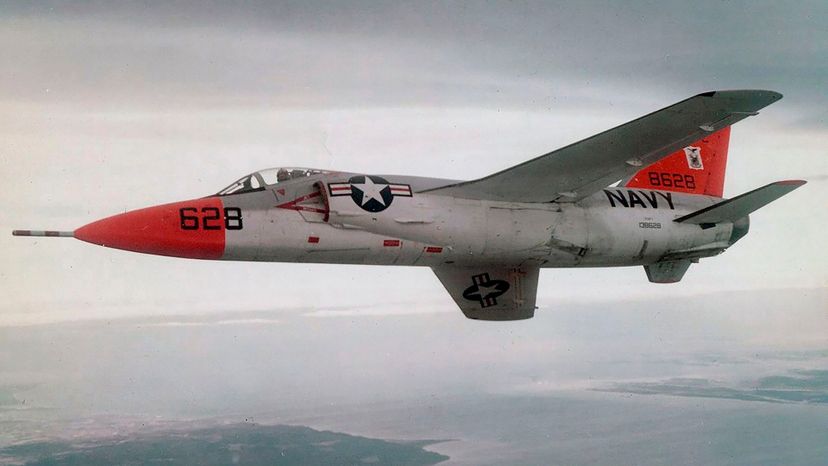
The Grumman F-11 Tiger was a supersonic single-seat fighter used by the U.S. Navy. It initially appeared to have a bright future, but its deployment only lasted a few years before it was superseded by the F-8 Crusader, which had superior performance.
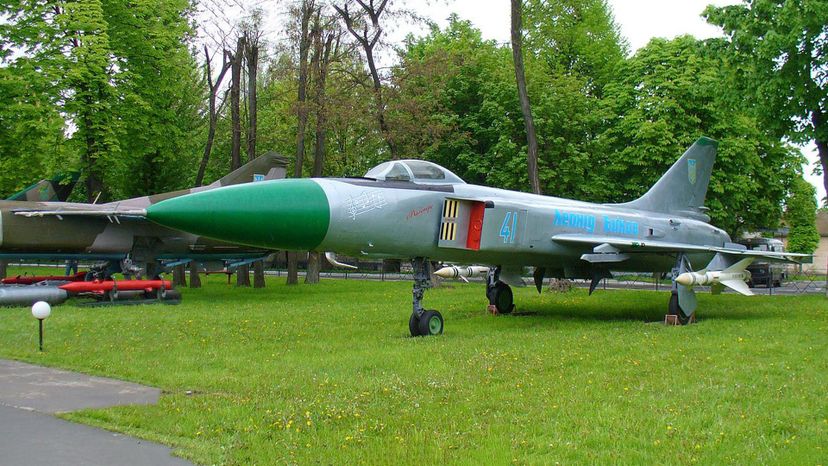
The Sukhoi Su-15 was designed with a purpose: shoot down American B-52s. This plane has been somewhat ill-starred, as it was a Su-15 that shot down a Korean commercial airline jet, killing all aboard, and another Su-15 was involved in the accident that killed Yuri Gagarin, the first man in Space.
Advertisement

The McDonnell Douglas F4H/F-110/F-4 Phantom II was a tandem seating two crew supersonic jet with a long range for interception. It saw a great deal of action over Vietnam where, despite its limited success in fighting air-to-air, it suffered heavily from surface to air AA.